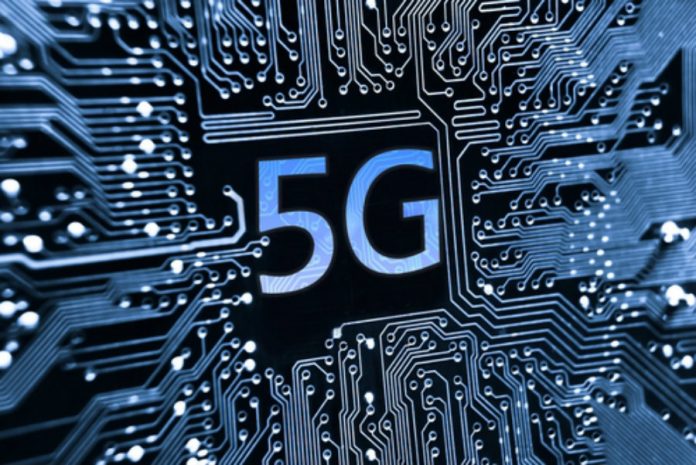
Huawei and Vodafone are currently working on the next generation of mobile wireless communications. The companies completed a 5G mm-Wave field test at Vodafone Emerald House in New Bury, UK.
This endeavor focused on a new SU-MIMO -Single User Multiple Input Multiple Output- reflection path that enables a 20Gbps UE peak rate, as well as an MU-MIMO -Multi-User Multiple Input Multiple Output- for low-range UE that reaches 10Gbps.
The phone manufacturers plan to deliver new broadband speed using extremely high frequencies since the more standard radio bands are experiencing heavy traffic from current mobiles and wireless devices. Vodafone UK and Huawei are hoping these field tests lay the foundation for the arrive of 5G connections by 2020, according to a press release from Vodafone’s newsroom in July.
China-Based Huawei first announced the signing of a strategic memorandum of understanding (MoU) with Vodafone Global Enterprise regarding 5G technology via a blog post on June 15, 2015.
The agreement enabled the two companies to work together on different connectivity areas such as new Machine-to-Machine module signs, investigating opportunities for better in-building coverage, and developing solutions to heavy traffic on Safe City, The Internet Of Things, and Cloud data centers.
Gearing up for 5G innovation https://t.co/77kESqD2Ar #IoT
— Internet of Things (@TheIoT) August 13, 2016
This document was followed by a new 5G acceleration MoU last month, with the field tests being the first successful step towards faster connections.
How do wireless connections work?
Radio frequencies deliver wireless Internet, and it uses the same principle as a cordless phone. Then, the data travels from one point to another throughout lower bands of the electromagnetic spectrum. These groups are closer to the ground -from 900 GHz to 2000Ghz- and provide solid information delivery as they can go through walls or other obstacles.
https://www.youtube.com/watch?v=SdfN_oSi4LM
Low-frequency bands are getting heavy and slow
However, the increasing amount of traffic is slowing down internet broadband, and companies like Huawei and Vodafone are now aiming at higher zones of the spectrum -from 3000 GHz to 6000Ghz and above-.
The world’s first 5G outdoor field test was a success
The two companies tested a connection through the E-band, a millimeter wave (mmWave) that can be used to complement lower-bands.
The experiment was a success as it reached 20GBps peak rate for single-user outdoor, a goal required by The International Telecommunication Union (ITU) to catalog a Wireless technology as 5G. Eric Xu, Rotating CEO of Huawei, explained the possibilities of 5G broadband internet.
“5G WILL INTRODUCE FULL SPECTRUM TO SUPPORT AR, VR, SMART AUTOMOBILE, AND OTHER UNKNOWN NEW SERVICES,” he stated in a press release.
5G is still on development, and Both Vodafone and Huawei are expecting to unveil the technology and promote global spectrum harmonization on the upcoming World Radio Congress in 2019.
Technological advancement: 5G in 2020 – will Pakistan leapfrog or stay behind? https://t.co/jzD8yIum68 #IoT
— Internet of Things (@TheIoT) August 7, 2016
Source: Huawei










